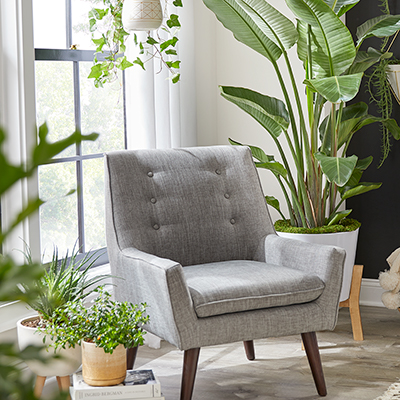Best Air Purifiers for Your Home

Last updated September 7, 2023
Air purifiers can go a long way in getting rid of fungus, mold, dust and bacteria that can cause everything from sneezing to runny noses to illnesses. The kinds of indoor air pollutants that a purifier can help combat include pollen dust, pet hair and more. To help you choose the best air purifier for your home, this guide will review the types of air purifiers.
Table of Contents
Air Purifier Types
HEPA Air Purifiers
Activated Carbon Air Purifiers
UV Air Purifiers
Electrostatic Air Purifiers
Ionic Air Purifiers
Air Purifier Types
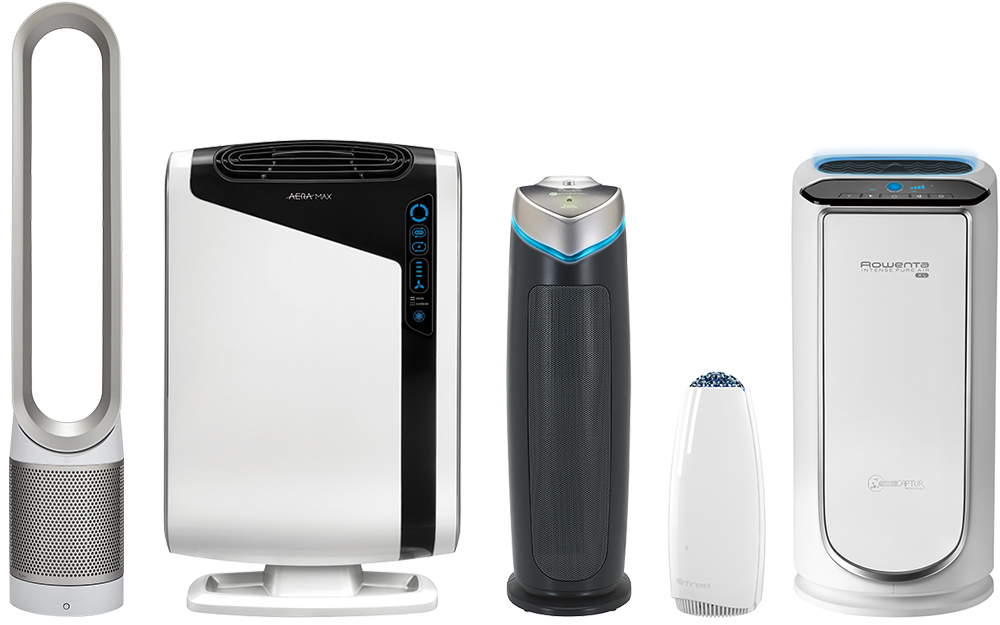
While air conditioners cool the air inside your home, air purifiers can boost indoor air quality. They can remove smoke from tobacco and household odors. They can also prevent irritation to skin, eyes and lungs that come from indoor pollutants. Air purifiers
can help reduce allergy-related symptoms from caused by mold, fungus, pollen and pet dander. If allergens are your main concern, you will want to consider HEPA filters.
The main types of air purifiers are:
HEPA Air Purifiers
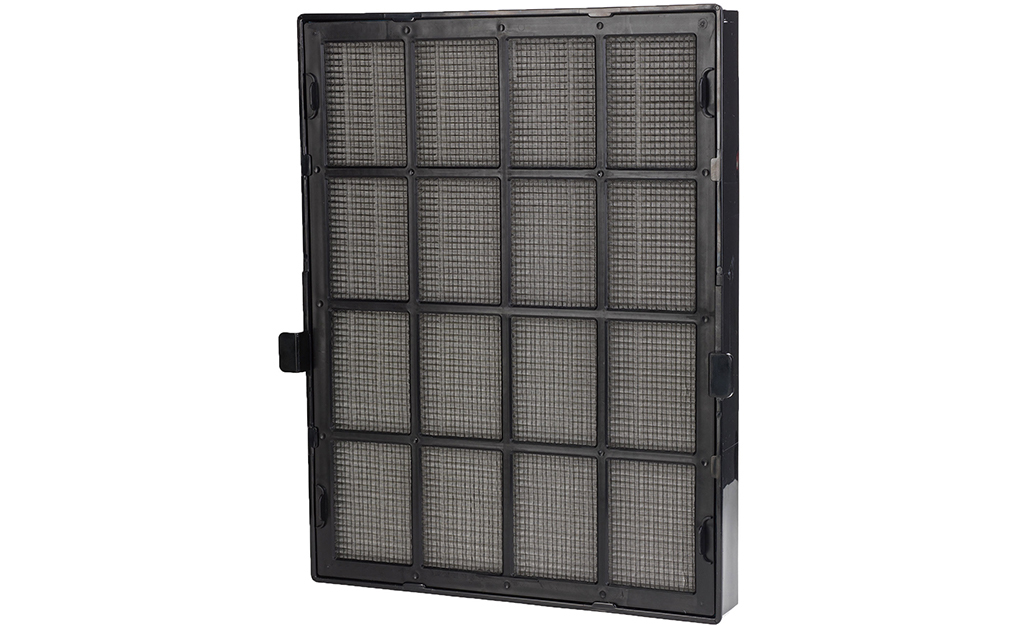
Air purifiers that use HEPA filters are effective against hair, dust, particulates, pollen, spores, mold and some bacteria.
Points to Consider:
- HEPA stands for “High Efficiency Particulate Accumulation”
- Known for removing 99.97 percent of all particles 0.3-microns or larger in size
- Replacement filters needed every 12 to 18 months
- Often considered the best air purifiers for allergies. Can be more costly to maintain
- Not effective against gases, odors or viruses. Can be paired with activated carbon to help reduce smoke in the air.
- The Environmental Protection Agency (EPA) recommends HEPA filters. They do not produce ozone when used.
Activated Carbon Air Purifiers
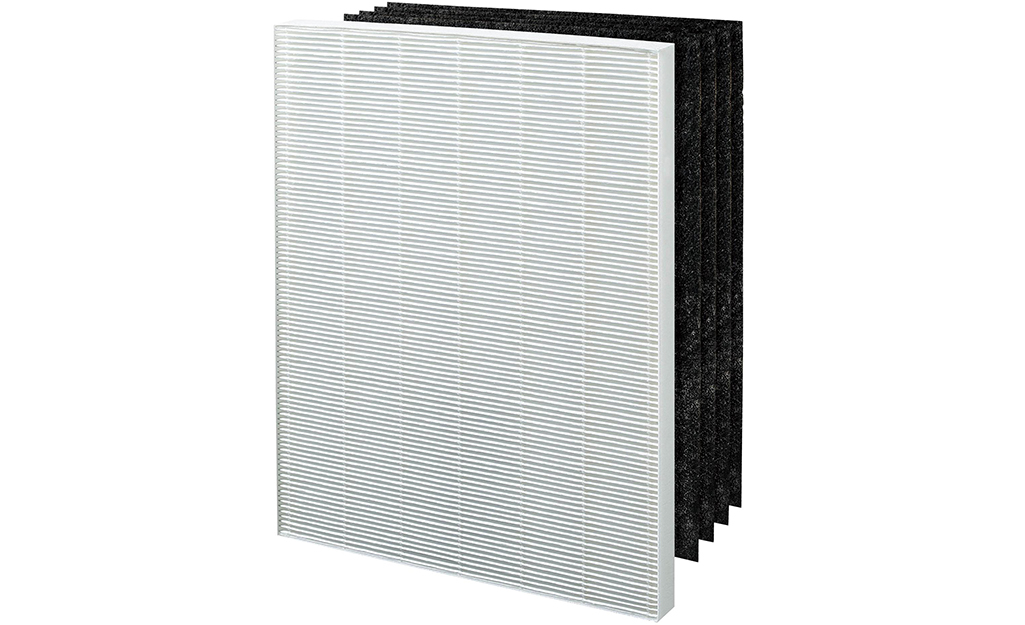
Air purifiers that use activated carbon filters are effective against fumes, gases, odors and secondhand smoke.
Points to Consider:
- Removes pet odors and unpleasant smells
- Purifying filter will need to be changed when full
- A great air purifier for smoke, but not effective against dust particles, allergens or microorganisms.
- Activated carbon doesn’t typically work well in an air purifier on its own. It is only one element of a system. For example, activated carbon may be paired with a HEPA filter.
UV Air Purifiers
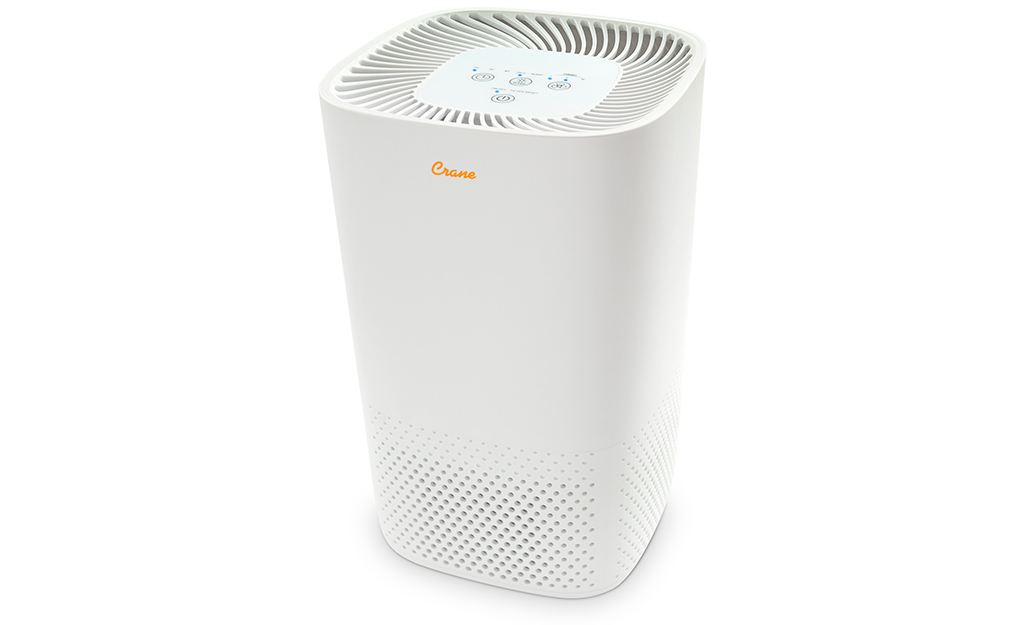
UV air purifiers are effective against microorganisms, viruses, bacteria, pathogens, mold and organic gases. These purifiers can produce ozone. The lung irritant can be especially unsafe for people with allergies and asthma.
Points to Consider:
- UV-C light bulbs must be replaced annually
- Bulbs require cleaning periodically, as per manufacturer’s instructions
- The longer pollutants are exposed to the UV light, the more effective it is
- Not effective against particulates, gases or odors
Electrostatic Air Purifiers
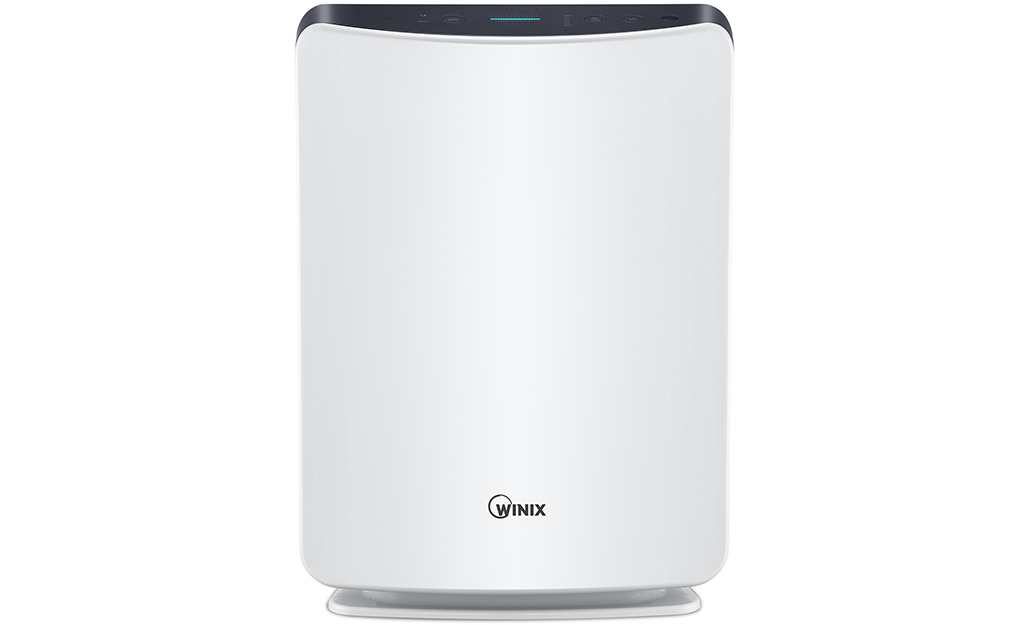
Electrostatic air purifiers are effective against particulates, some odors, some gases and allergens.
Points to Consider:
- Collection plates require regular cleaning
- Requires electricity to operate
- Available in both portable and whole-house models
- Not effective against bacteria and viruses
- Electrostatic air filters aren’t the best choice for people with allergies and asthma. They have been shown to produce ozone, which can damage the lungs.
- If they aren’t cleaned, they don’t work as well. When electrostatic air purifiers are dirty, they can even add pollutants into your home’s air.
Ionic Air Purifiers
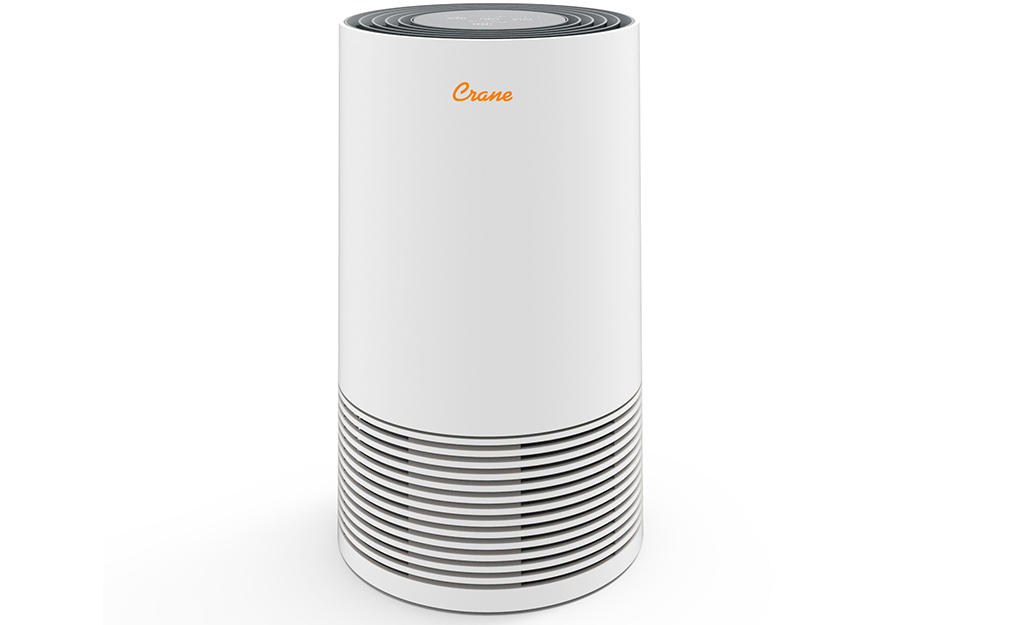
Ionic air purifiers are effective against particulates, some viruses, bacteria and smoke. However, they produce ozone, which irritates the lungs. This type of air purifier can raise ozone in your home to a level that isn’t healthy.
Studies have shown ionic air purifiers may also cause an increase in other volatile organic compounds (VOCs). Air purifiers using HEPA filters are generally recommended instead of ionic air purifiers.
Points to Consider:
- Causes particles to clump together and fall to the ground
- Fallen particles may make floors and walls dirty
- Great at removing extremely small particles
- Ionic air purifiers use a filter and have no fan, making operation quieter
- Not effective against fungi, germs or some viruses
Air Purifier Placement

When choosing the best home air purifier for any given space, the size of the room is one of the most important aspects to consider. Measure the room and calculate its square footage before you start shopping for an air purifier.
- Make sure the purifier is suitable for the size room you’re looking to protect. Look for a high clean air delivery rate. The clean air delivery rate (CADR) indicates how many cubic feet of air a purifier cleans per minute.
- Avoid placing a purifier in a room that’s too large for it to fully cover.
- Some devices, like UV purifiers, are installed directly into your HVAC system.
- You may need a purifier for each room you spend time in. Leaving an air purifier in the same room every day helps it work better.
- Casters and handles make it easier to move portable units around.
Air Purifier Performance
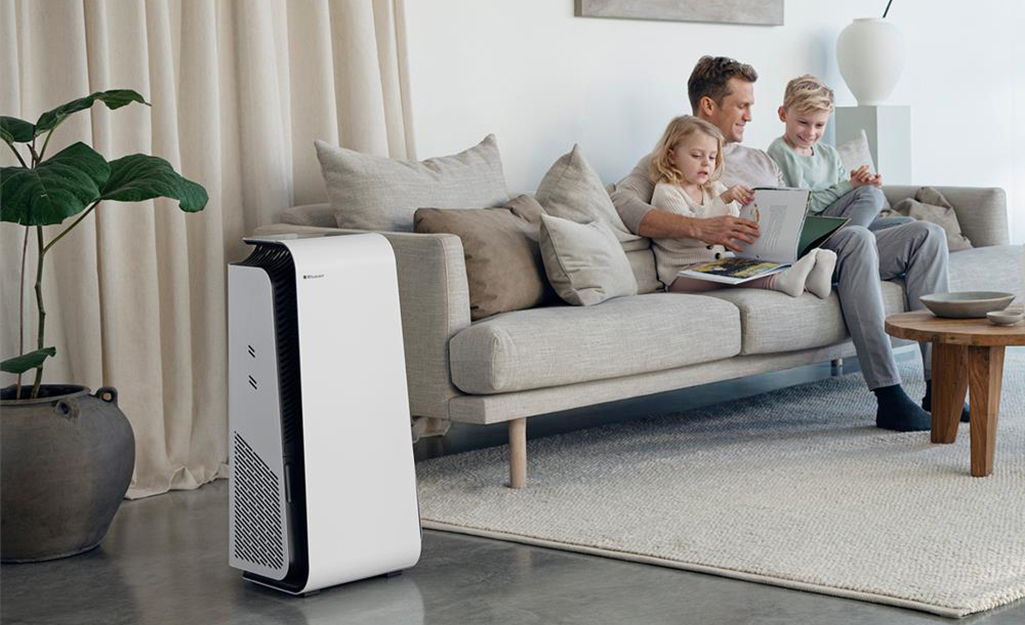
When you run an air purifier, make sure the doors and windows of your home are closed. You don’t want to let all that newly cleaned air outside. If you’re airing your home out with open doors and windows, turn your air purifier off.
- Improve the effectiveness of your air purifier and extend filter life by using pre-filters. They trap large particles before air gets to the main filter.
- To ensure quality, look for purifiers that have been approved by the Underwriters Laboratory.
- Filters with larger surface areas are more effective than smaller ones.
- Replace air filters regularly to keep your air purifier performing at its best. Refer to the manufacturer’s instructions for details on when filters should be changed.
Tip: To improve energy efficiency, look for the ENERGY STAR label. ENERGY STAR air purifiers are over 25 percent more energy-efficient than standard models.
Air Purifier Features
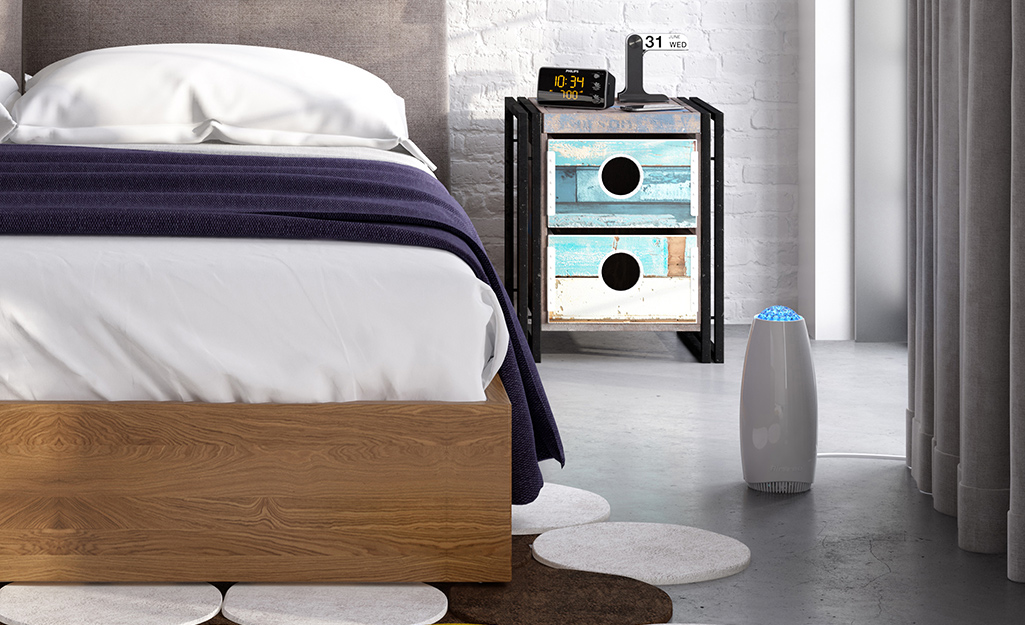
Air purifiers come with a range of features. Here are some to look for as you select the best air purifier for your home:
- Multispeed fan: Allows you to increase or decrease the speed to help provide the proper number of air changes per hour in different-sized rooms.
- Quiet operation: Operates quietly so you can sleep soundly without sacrificing air quality.
- Automatic timer: Set your purifier to turn on and off automatically.
- Filter change indicator light: Lets you know when it’s time to change the filter.
An air purifier can help you breathe more easily. The best air purifiers for your home remove pollutants from the indoor air. They can also remove odors. Air purifiers are particularly helpful for those with asthma and allergies. However, shop carefully. Some types of air purifiers can introduce lung irritants into the air. Air purifiers with HEPA filters are recommended by the EPA.
Ready to shop for the best air purifiers for your home? The Home Depot delivers online orders when and where you need them.








